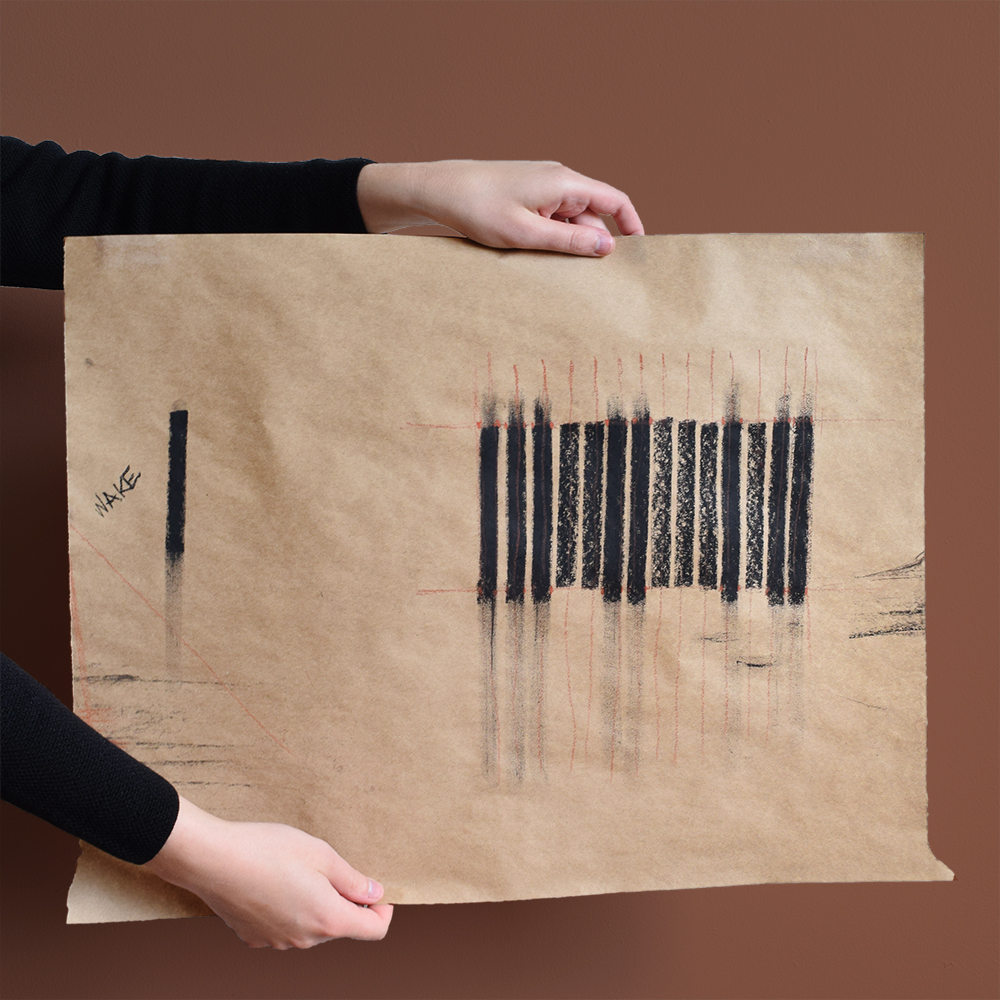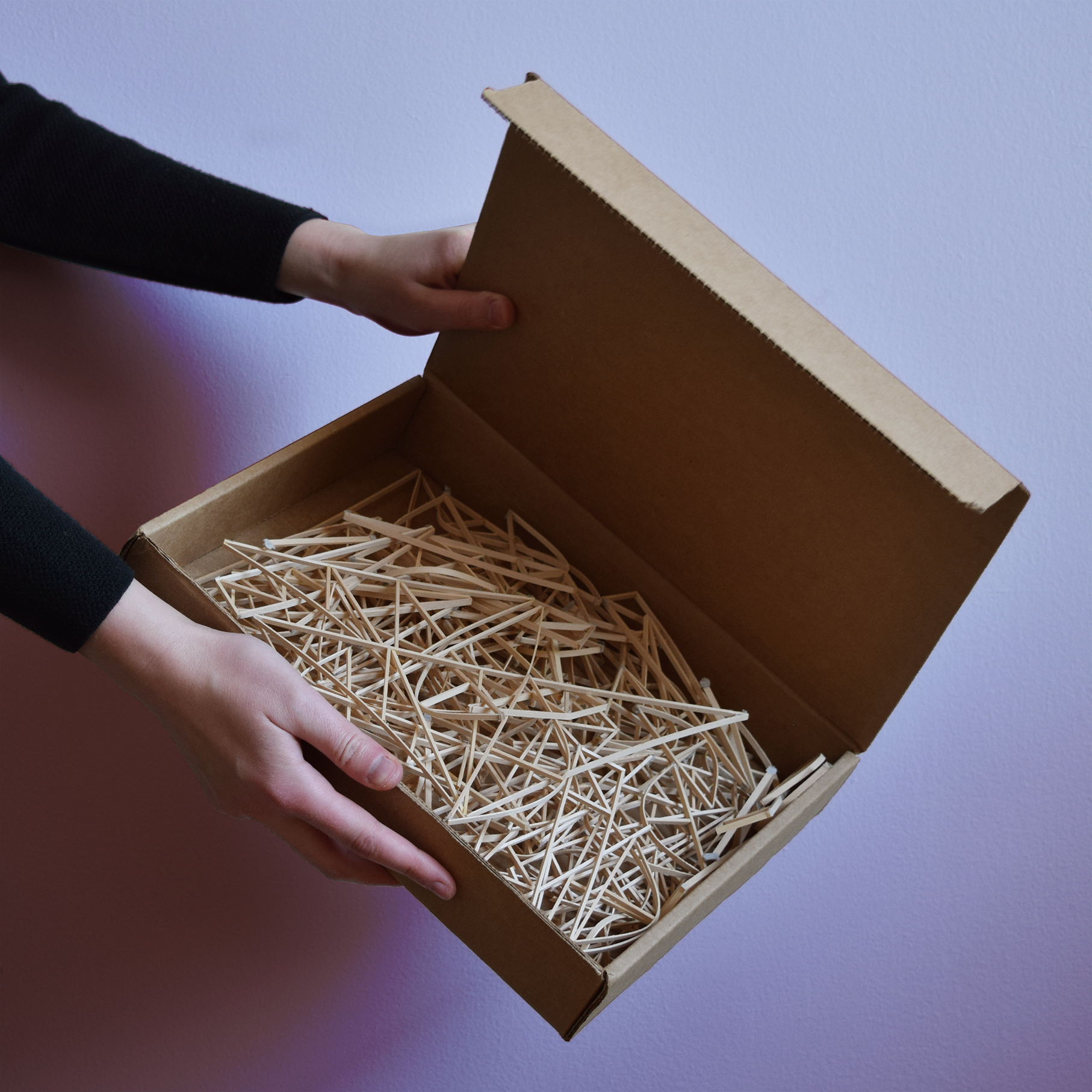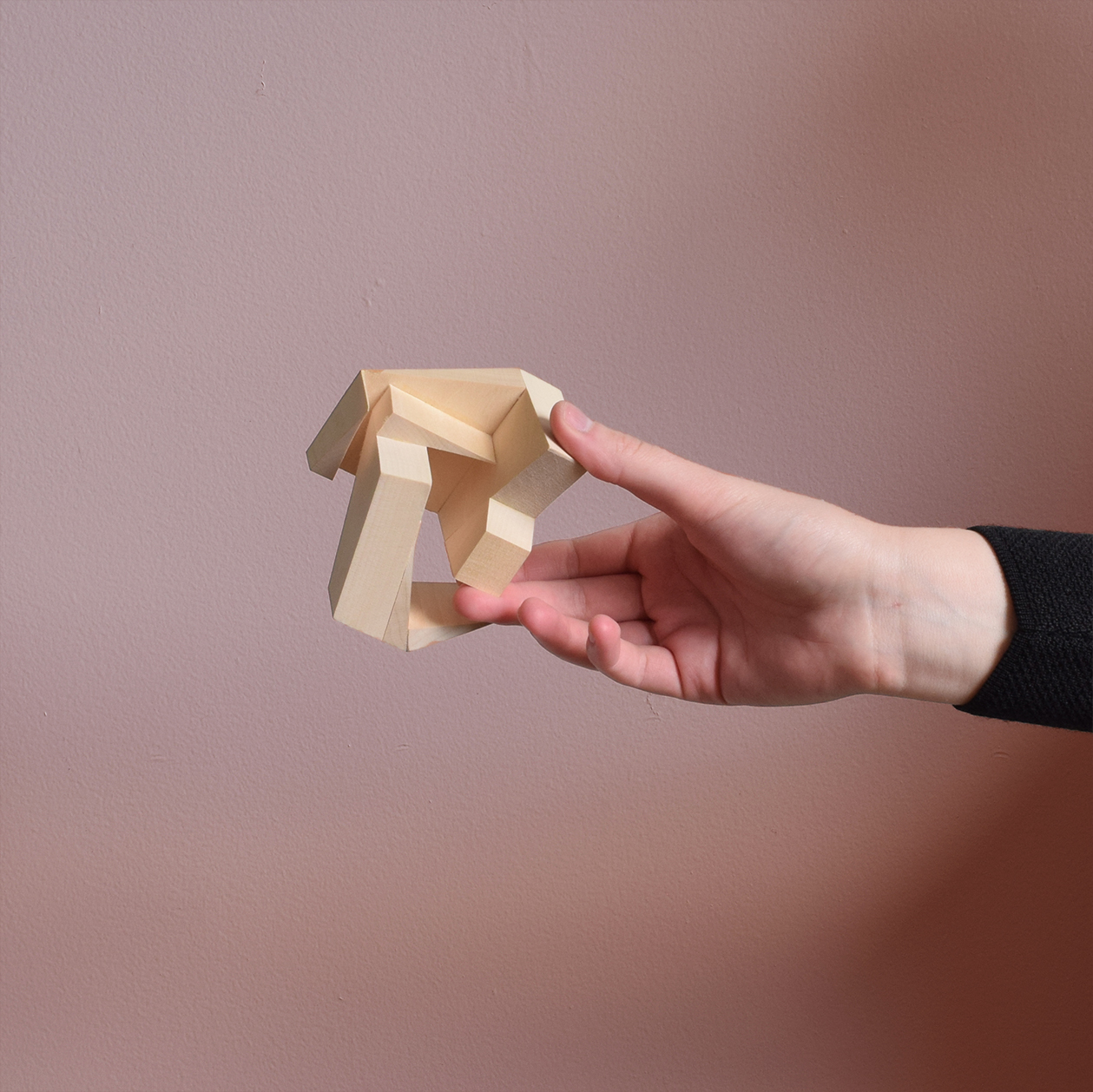
Give and Take ●
Give and Take was a two week-long installation transforming an academic gallery into a room for giving and receiving gifts. —with Clare Fentress and Dilara Karademir

Main Street Grounds ●
Main Street Grounds is a school and a public landscape that tells a story about the economic past and future of Farmington, New Mexico. —with Brian Orser

Residue as Resistance ●
This project suggests a method for embedding care for laborers into the construction process, which leaves a "residue" that offers care more permanently in post-construction, too. —with Audrey Tseng Fischer

Unearthing / Attending [project website]
●■Architectural design, considered at multiple “tempos” and scales, can be used to amplify care infrastructure in Sunset Park, Brooklyn, by redirecting the focus of design towards health, safety, and welfare. —with Audrey Tseng Fischer

















